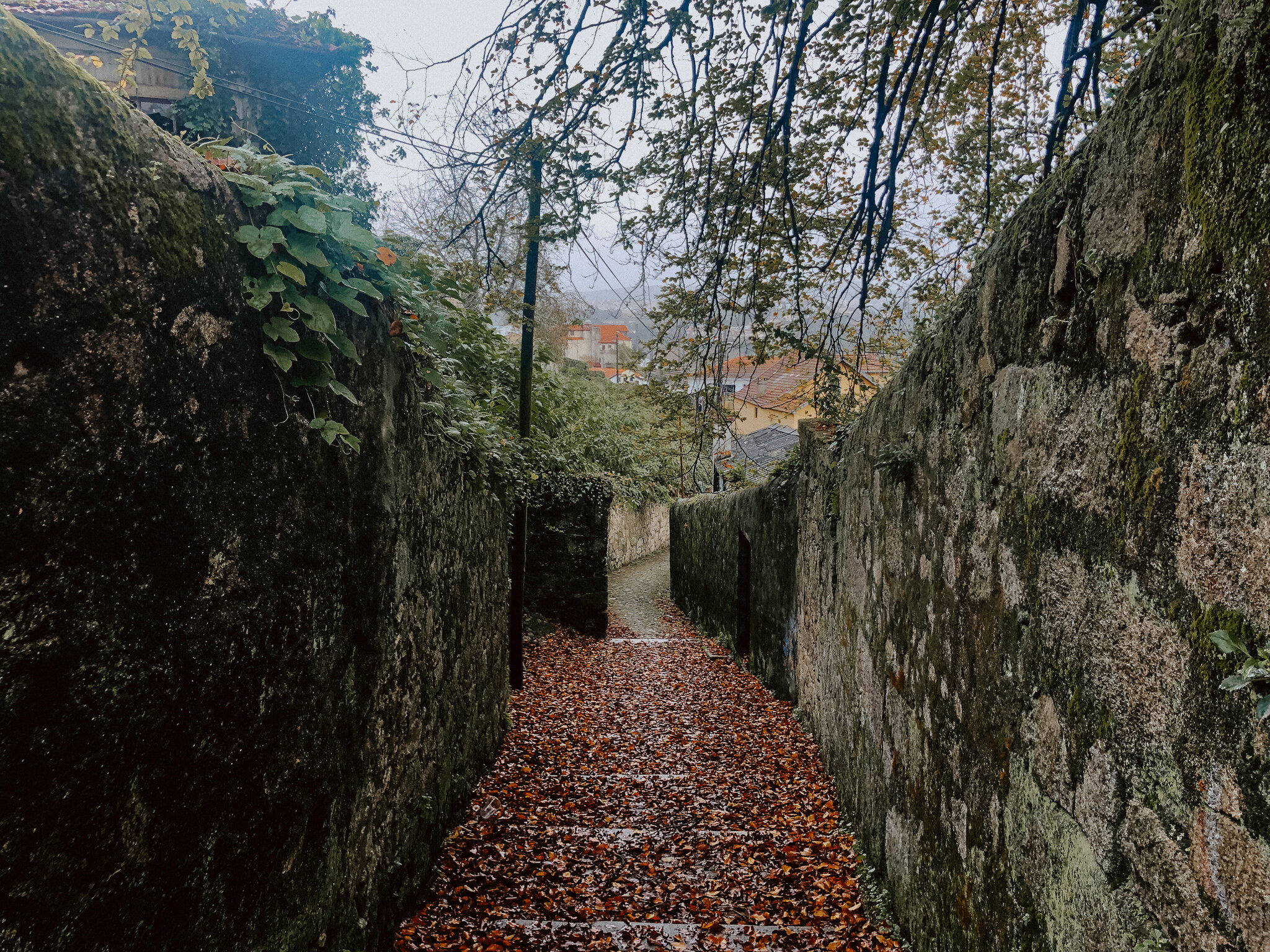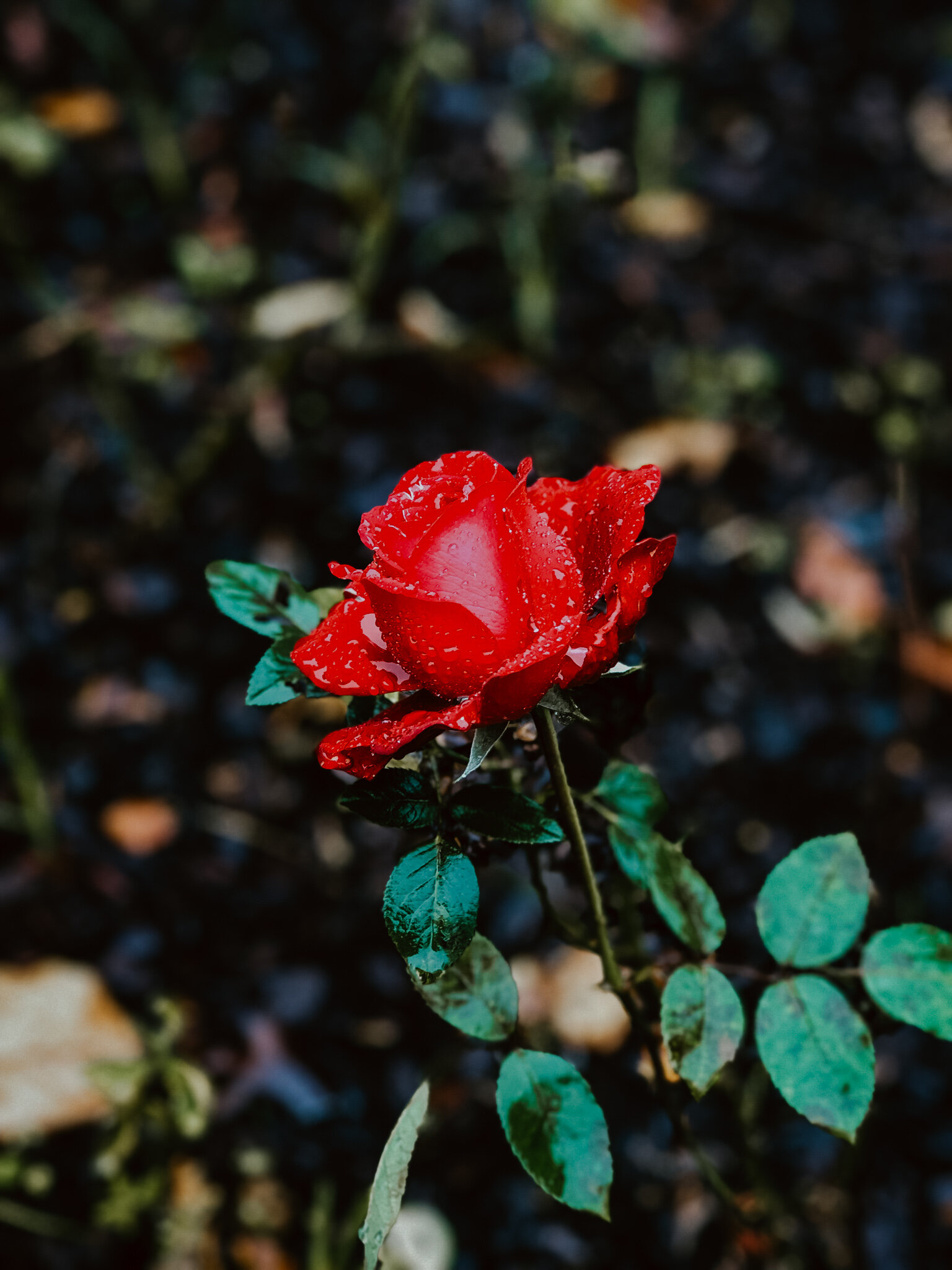5 ways to connect to nature and improve your wellbeing when living in a city
Living in a busy city makes it difficult to slow down. In fact, living in a city increases anxiety disorders up to 21%. We know spending time in nature can reduce stress, anxiety and depression. The trouble is, cities are urban jungles not green oases of serenity.
After spending months in the sleepy Algarve moving to the second largest city in Portugal, Porto, was an attack on the senses. I felt disjointed. I had to get myself back into balance. Before moving to the city I would have simply stepped out of my van onto the latest beach or I would have hiked for hours getting lost in my own thoughts. This time I had to be a little more creative in how I connected to nature. This time I had to embrace the world in a whole new way. This is what I did.
Awaken Your Senses At Your Local Park
18th century urban planners weren’t stupid. London has 3,000 parks of varying sizes and Porto has 8 major parks with numerous little green squares. Let’s also not forget the magnificent rivers that run through the heart of these cities; The Thames and The Duoro. Chances are there is a green space near you. It may be small, it may be littered, it may be busy, but it is there.
Going for a walk to and around these treasured spaces is one thing, but awakening your senses in them is another. The University of Derby Nature Connectedness Research Group found five ways to improve your connection to nature. Number 1 is tuning in to nature through the senses; sight, sound, taste, touch and smell.
Little sensory exercises while you're out and about make a big difference. Find out what senses bring you the most joy with this simple exercise.
2. Look for Nature in Strangest of Places
Before I step out into the chaotic high street that constantly buzzes behind my front door I ask myself the question, ‘What will nature show me today?’ This simple challenge to the universe has revolutionised the way I look at the city. I see nature in the strangest of places. I see nature everywhere. Like you, nature is resilient and she grows even in the harshest conditions. It makes me smile every time I see the tiniest plant growing through a crack in an old wall. Nature will always claim what is hers.
3. Channel Your Inner Picasso and Get Creative
I’m not an artist. It has taken me a long time to not care about creating the perfect masterpiece. Now I’m free to enjoy the process and I love it! On a few rainy days when I can’t spend much time outside, I bring back a few pieces of nature - a leaf, a stone, a fallen petal - to look at closer, and I mean, really look at. Nature is full of never-ending patterns that are made up of simple, repeating processes to create something mind-blowingly complex. Study a tree, fruit, plant, leaf, for more than 30 seconds and you will see a whole new world.
4. When You Can’t Go to Nature, Bring Nature to You.
Let’s be real. We can’t always immerse ourselves in nature. We work long hours. We have kids. We don’t like cold, wet weather. Thankfully, we can still get our dose of nature. Studies have shown watching nature footage can improve wellbeing. Youtube has a wealth of nature videos - I like this one. Listening to nature sounds while working is a great way to relax and boost your focus. Spotify has an entire genre dedicated to nature sounds.
You can also adorn your home with house plants to purify the air and create a peaceful space. This isn’t the cheapest option. Although, I did get mine from Aldi for €2 but I recognise this isn’t an option for everyone so here is a great article from Leaf & Paw on how to get free plants.
5. Care for Urban Wildlife
Surprisingly, urban areas are one of the most biologically diverse habitats. Take London for example, with its population of over 8.6 million, it has had more than 13,000 species recorded (including 1,500 flowering plants and 300 birds), and according to the London Wildlife Trust’s Director of Policy and Planning, Mathew Frith, it is the most species diverse region in the UK. While the River Thames is now home to 125 species of fish after major clean-ups since the 1950s.
A lot of urban wildlife is misplaced wildlife though. They are there because we are here. Our ecosystems are delicate. We are all connected because we are nature. The least we can do is help our fellow beings thrive in our man-made cities. If you’re lucky enough to have a garden here are 9 ways to build a wildlife friendly garden. If you have a tiny outside space like a balcony or even a window ledge then these tips are for you. If you don’t have an outside space then you can help your local wildlife in the following ways;
Don’t litter. Discarded gum, for example, has been known to kill birds.
If you see litter, pick it up.
Remember the University of Derby’s research into 5 ways we can connect to nature that I talked about earlier? Number 5 is compassion - caring and taking action for nature.










